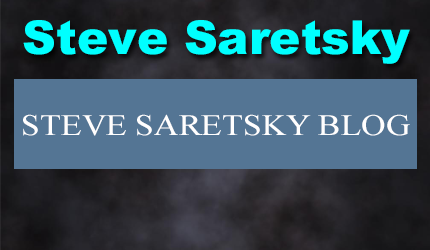December 12, 2022 | A Pause, But Not a Pivot

To no surprise, the Bank of Canada raised rates again this past week. Another 50bps. Interest rates are now up a whopping 400bps since this tightening cycle began in March. According to Macquarie Research, this is the sharpest calendar year of rate hikes on record going back to 1936. The most common rebuttal you see circulating online is that rates are still low from a historical basis. While that may be true it is an irrelevant point if you’re not also considering the levels of debt.
I often hear people comparing todays rate hiking cycle to that of the 1980s. The Bank of Canada had rates as high as 18% in 1981 so we have a lot more room to go! Except household debt to GDP levels were also around 50% in the early 80’s, today household debt to GDP sits at nearly 110%.
You could also buy a single family house on one income at roughly two to three times your annual salary in the 1980’s. Today that is obviously not the case. The recent 400bps move in interest rates is blowing up highly indebted household balance sheets. Let’s look at a few examples.
- $500,000 mortgage, 25 year amortization, 1.5% mortgage rate = $2000/month
$500,0000 mortgage, 25 year amortization, 5.5% mortgage rate = $3052/ month- $1,000,000 mortgage, 25 year amortization, 1.5% mortgage rate = $3997/ month
$1,000,0000 mortgage, 25 year amortization, 5.5% mortgage rate = $6104/ month
In other words, many mortgage holders are going to have to aggressively start trimming discretionary spending. This is the demand destruction the Bank of Canada is hoping for. Inflation is going to come down, give it time. It is already happening if you look close enough. The three month annualized rate of inflation in Canada is now running at 3.7%.
It should not come as a surprise that The Bank of Canada is now signalling a pause. The bank now says it “will be considering” whether or not the rate has to go higher. This is a big change from each previous meeting where they emphasized “that rates would have to go higher”.
It is worth emphasizing here that a pause does not mean a PIVOT. An overnight rate paused at 4.25% and a prime rate of 6.45% is not good news for housing. Your typical mortgage hovers between 5.5-6%, equating to at least a 30% reduction in purchasing power.
The longer rates hold at these levels the more pressure on sellers to reduce prices. For those hoping that OSFI would reduce the mortgage stress test at their annual review this month, don’t hold your breath. Just last week the bank watchdog pushed back on growing calls to lower or kill the stress test, “We see great risk in speculating on the mortgage rate cycle, and we do not consider the minimum qualifying rate to be a tool to manage the demand for housing,” OSFI Superintendent Peter Routledge said in a statement. “We see the minimum qualifying rate as an underwriting practice that adds an important safety buffer to residential mortgage portfolios, the largest exposure Canadian lenders have on their books.”
We may have reached the end of this rate hiking cycle but this chapter of the story is far from over. Stay tuned.
STAY INFORMED! Receive our Weekly Recap of thought provoking articles, podcasts, and radio delivered to your inbox for FREE! Sign up here for the HoweStreet.com Weekly Recap.
Steve Saretsky December 12th, 2022
Posted In: Steve Saretsky Blog













